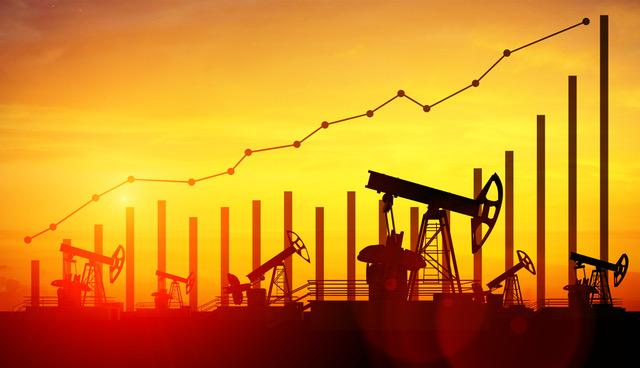
Shortages caused by transport bottlenecks and depressed production during Covid, extravagant public spending during the pandemic, insufficent low-paid workers, cost of going green—it all spells rising prices. Inflation is starting to heat up.
Biden co-ordinates strategic oil reserve releases
President Joe Biden, like many Western leaders, is battling inflation. One of the fastest rising prices was that of oil, thanks to an economy surging after the covid-19 pandemic and the reluctance of members of OPEC+, the club of oil producing countries, to increase their output. Americans are paying close to 60% more to fill their tanks than at this point last year.
Political pressure as inflation picks up
On November 17th Mr Biden asked the Federal Trade Commission to investigate whether oil and gas companies had colluded in raising prices at the pump. Then he turned his attention to oil-producing countries. On November 23rd Mr Biden said he would release 50m barrels of crude from America’s Strategic Petroleum Reserve (SPR), a reservoir of more than 600m barrels stored underground in Texas and Louisiana.
Britain, China, India, Japan and South Korea moved in step, releasing oil from their own reserves (though only a fraction of the amount pledged by America). But did Mr Biden’s plan reduce the cost of oil?
Goldman Sachs said the volume announced was “a drop in the ocean”. And global oil prices turned higher adding more than $1 a barrel to WTI crude, in the wake of President Biden’s decision.
OPEC+, which includes Saudi Arabia and other U.S. allies in the Gulf, as well as Russia, has rebuffed requests so far to pump more. It meets again on Dec. 2 to discuss policy but has so far shown no indication it will change tack. The group has been struggling to meet existing targets under its agreement to gradually increase production by 400,000 barrels per day (bpd) each month – a pace Washington sees as too slow – and it remains worried that a resurgence of coronavirus cases could again drive down demand.
Here we go again….
This proved dramatically true when the price of Brent crude plunged by 10% on Friday 25 November on the back of South Africa’s widely acclaimed announcement that it had sequenced the genome of the new Omnicom variant. The UK led the way, followed swiftly a growing list including Europe, Israel, the US, Saudi Arabia, and Singapore, banning travel from southern African countries.
Stock markets around the world plunged as investors sold off shares, commodities and cryptocurrencies amid concerns that a new coronavirus variant, described as potentially the worst so far identified, could usher in a fresh wave of global pandemic restrictions.
The FTSE 100 suffered its biggest one-day fall since June last year when the pandemic was still in its first phase, closing down 3.6% – knocking £72bn off the value of companies on the index of blue-chip stocks. On Wall Street, the Dow Jones industrial average dropped 2.5% by the close.
The threat of stricter travel restrictions meant aviation and tourism stocks were among the worst hit, while Brent crude oil tumbled by 10% to $73.45 per barrel.
In last week’s blog we wondered whether 40% of the world’s wealth was going to be spent on preventing climate change, eliminating fossil fuels and cleaning up the planet.
Now we know the answer to that question. While governments have proved perfidious, their impact is miniscule compared to that of COVID.
How prepared is your business for the effects of a new variant? Or increasing infections in winter? Or another V-shaped recovery when COVID appears, again, to be tamed — or the media grow bored with writing about it?